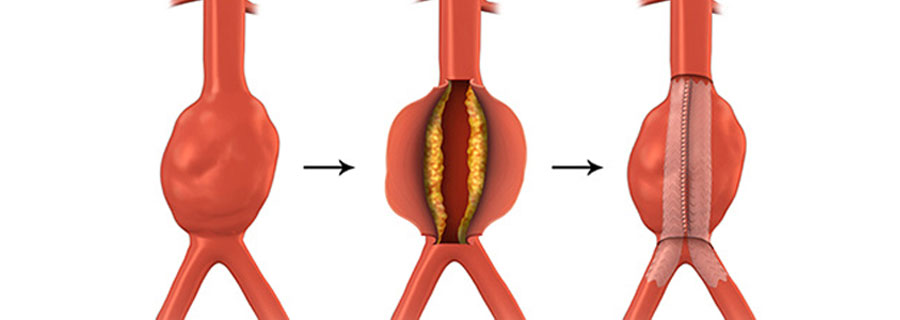Peripheral Arterial Aneurysms

Peripheral arterial aneurysms are abnormal dilations or bulges that occur in the peripheral arteries, which are the arteries located outside of the heart and brain. Arteries are blood vessels responsible for carrying oxygenated blood from the heart to various parts of the body. When an artery weakens or becomes damaged, it can lead to the formation of an aneurysm.
Symptoms and Complications:
- Small peripheral arterial aneurysms may be asymptomatic and only discovered incidentally during imaging for other conditions. However, larger aneurysms or those that grow over time can cause symptoms such as pain, swelling, or a pulsating mass in the affected area. In some cases, the aneurysm may rupture, leading to severe internal bleeding and a medical emergency.
Treatment:
- The treatment of peripheral arterial aneurysms depends on their size, location, and the individual's overall health. Small aneurysms may be monitored regularly with imaging to watch for any changes. Larger or symptomatic aneurysms may require surgical intervention to repair or remove the aneurysm. Endovascular procedures, such as stent-graft placement, are minimally invasive options for treating some peripheral arterial aneurysms.
Early detection and appropriate management are crucial to prevent complications, such as rupture or thrombosis, and to preserve blood flow to the affected area. If you suspect you may have a peripheral arterial aneurysm or have risk factors for developing one, it's essential to seek medical evaluation and follow your healthcare provider's advice for appropriate monitoring and treatment.
